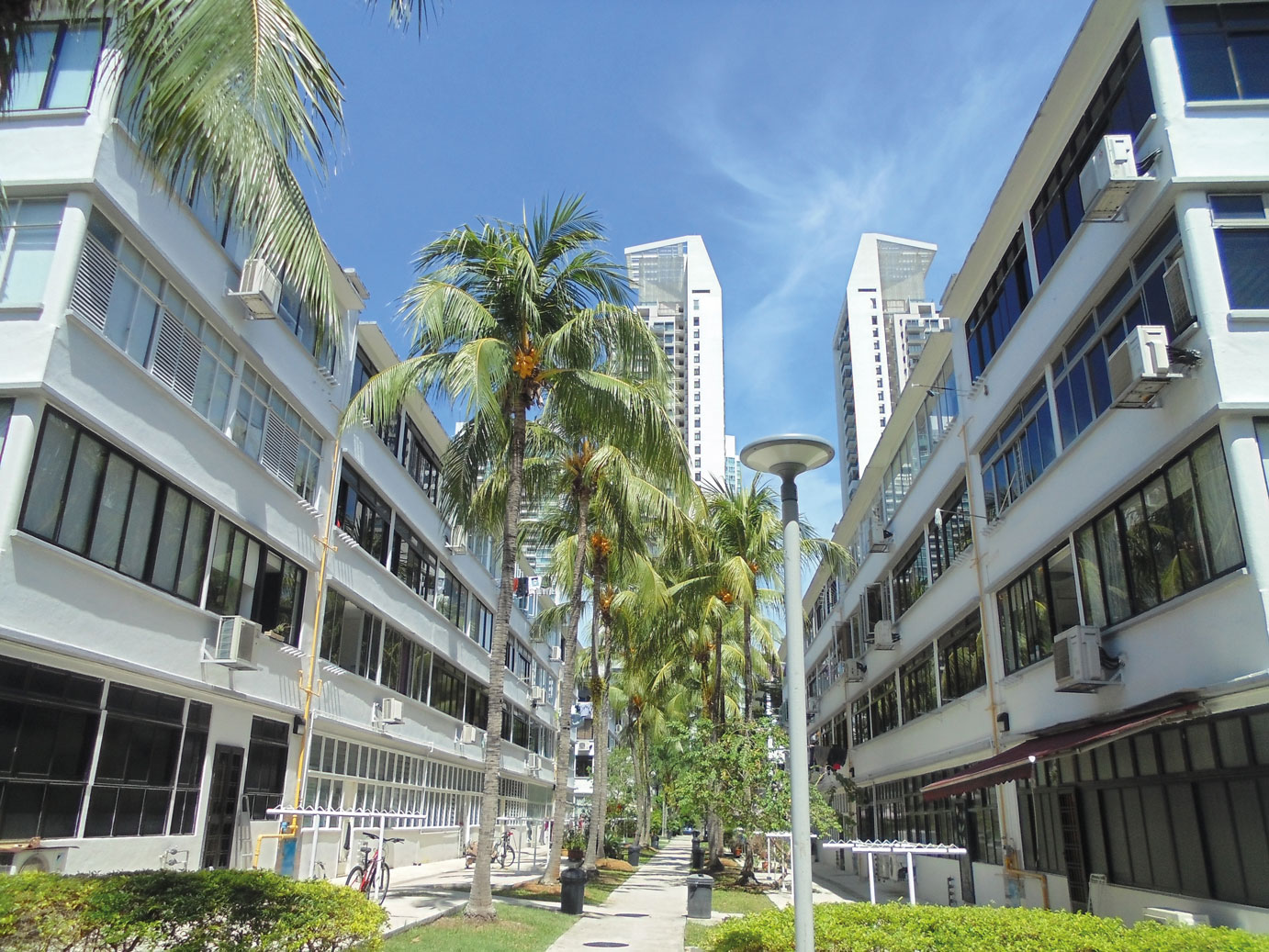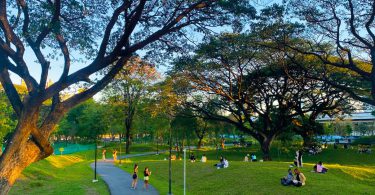By Dr. Camelia Kusumo and Dr. Keith Tan Kay Hin
As a country committed to becoming carbon-neutral by the middle of the 21st century, the need to adopt environmentally-friendly (or green) housing policies in Malaysia is therefore critical. As most Malaysians are now urbanised, our cities are the clear battleground for our sustainable future. As the most densely populated, but at the same time, the most advanced economy in ASEAN, green housing policies that have ‘branded’ neighbouring Singapore are therefore worth examining to see if they hold any lessons for us. This article will examine whether this idea is controversial, or whether there is scope for neighbourly co-operation in sustainable housing.
A COMPARISON OF NATIONAL HOUSING STRATEGIES SINCE 1965
At the time of the Malaysia-Singapore separation in 1965, both sides of the causeway had essentially similar housing policies to focus on the need to humanely house a rapidly growing population. The political reality of separation that made Lee Kuan Yew prime minister of a small, urbanised and independent country, however, also required long-term planning to ensure Singapore’s economic sustainability. As the only example of a city-state in Southeast Asia, Singapore’s urban and national policies regarding green housing would become synonymous. This initially resulted in the Garden City concept, the first of many strategies to build a Singaporean brand directly linked to policy-making and implementation. The aim of the Garden City was not only to enhance quality of life and cultivate pride in a new nation, but also to attract foreign investors and tourists to Singapore1.

Tiong Bahru housing estate developed in the 1930s by the Singapore Improvement Trust (SIT), predecessor of the HDB; image by authors
This marked the first divergence between Malaysia and Singapore’s urban and green policies. The Singaporean Urban Re-development Authority (URA) was tasked with re-developing districts of the island with new tall buildings, in order to free up land for long-term garden city projects, where plinth ratios were controlled to ensure high levels of pedestrian mobility via green corridors. This was followed in the 1990s by massive investments in underground, rail-based transport systems and restrictions on private car ownership.
In the 1970s, by comparison, Malaysia’s Urban Development Authority (UDA), was tasked with creating public housing in cities in general, and to house rural migrants to the cities in particular. An emphasis on numerical targets to urbanise previously rural communities led to a large growth in the footprint of many towns, especially in the Klang Valley.

CAMELIA KUSUMO
Associate Professor, School of Architecture, Building and Design, Faculty of Innovation and Technology, Taylor’s University
Dr. Camelia Kusumo is a Programme Director for Postgraduate in Architecture at Taylor’s University in Malaysia. She holds a PhD in Architecture, Urbanism and Building Science from Delft University of Technology. Her research interest is particularly in sustainable urban design and architecture, social housing and urban heritage. Camelia is the leader for the research group Affordable and Livable Asian Cities and member of the Centre for Research and Innovation in Tourism (CRiT) at Taylor’s University. She is also an editorial board member of Journal of Advances in Civil Engineering and Sustainable Architecture.

KEITH TAN KAY HIN
Associate Professor, School of Architecture, Building and Design, Faculty of Innovation and Technology, Taylor’s University
Dr. Keith Tan Kay Hin is a UK-registered architect and the author of many previous articles about architectural heritage, tourism as well as Malaysia’s Green Building Index. He obtained a doctorate in tourism studies from Taylor’s University in Malaysia in 2017, where he is also an Associate Professor at the School of Architecture, Building and Design. In addition to his teaching role, he is a hub leader at the university’s Liveable Urban Communities Impact Lab, and a member of the university’s Centre for Research and Innovation in Tourism (CRiT).
This is an excerpt. The original article is published in
Construction+ Q1 2023 Issue: Housing Construction: Demand & Supply.
Get the print magazine or subscribe to the digital edition to read the complete article.












